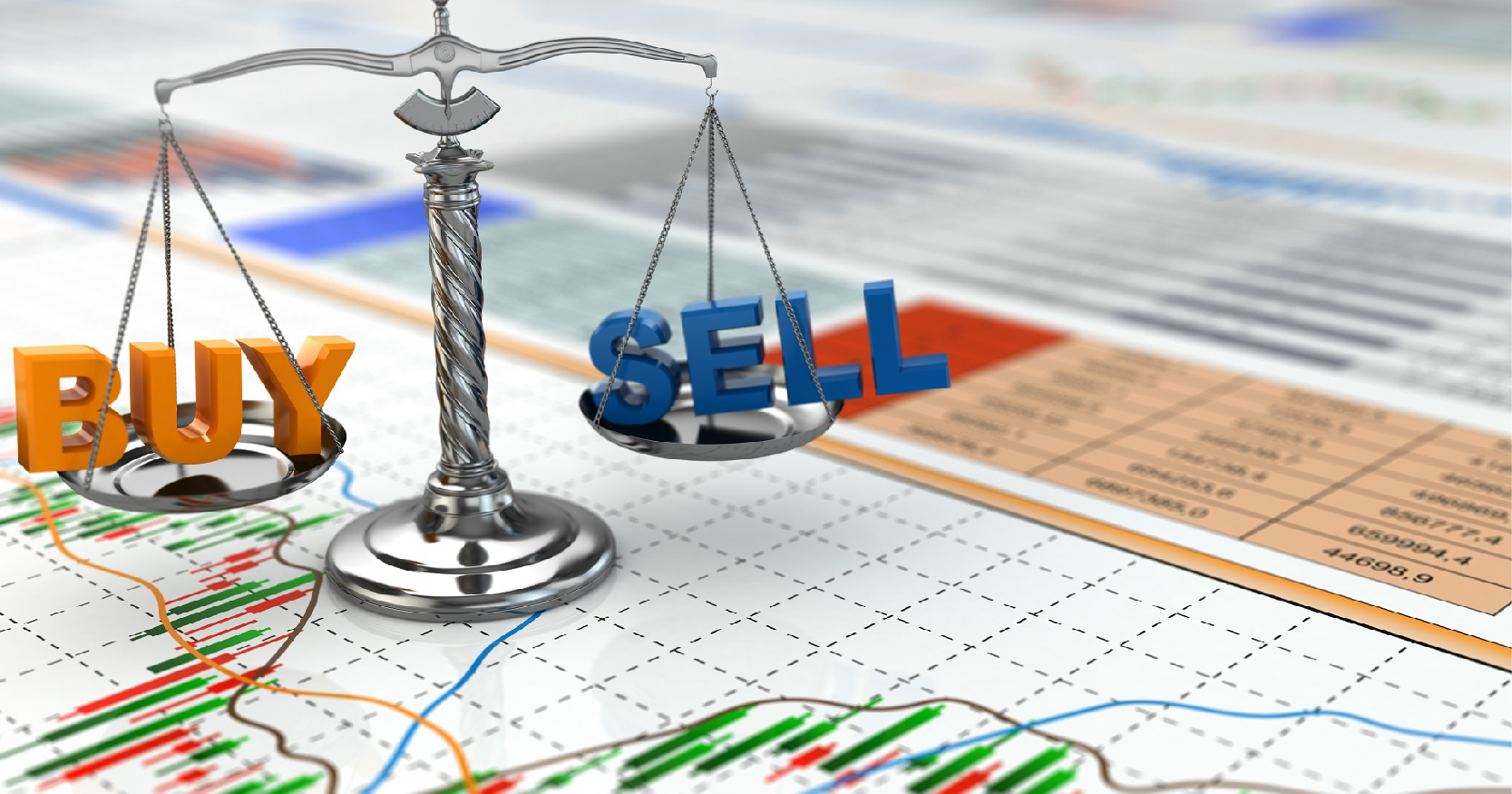
The global Mergers and Acquisitions (M&A) market has been on a tumultuous ride over the past few years, with interest rates acting as the primary driver of its peaks and valleys. After a record-setting year fueled by cheap credit, the era of elevated interest rates has forced dealmakers to fundamentally rethink their strategies, though the market is now showing signs of a cautious but significant rebound.
The Impact: From Boom to Bust
The recent history of M&A is a clear demonstration of the powerful link between the cost of capital and deal activity.
The 2021 Peak
Global M&A activity reached unprecedented levels in 2021, driven by a prolonged period of ultra-low interest rates. With the Federal Funds Rate near zero, borrowing money to finance acquisitions was inexpensive, creating a “borrow and buy” environment. This low cost of debt amplified returns for investors and fueled a massive surge in deal volume and value.
The Tapering in 2023
In a stark reversal, central banks began aggressive interest rate hikes to combat rising inflation. By 2023, high interest rates had pushed global M&A volumes to a decade low. Higher borrowing costs directly impacted the financial viability of debt-financed deals, significantly reducing the attractiveness of leveraged buyouts (LBOs) by private equity firms.
The Valuation Reset
Elevated rates increased the discount rate used in valuation models, leading to a downward pressure on corporate valuations. This created a significant “valuation gap” between buyers and sellers, as sellers held on to pre-rate-hike price expectations while buyers faced a higher cost of capital. This impasse caused many large-scale transactions to be deferred.
Current State: Adaptation and Resilience
The current M&A environment reflects a market that has adapted to the “higher-for-longer” rate reality. While overall deal volume remains below the 2021 high, the market is displaying selective strength:
Dealmaker Strategy Shift
Acquirers are now more selective, favoring deals with “rock-solid” value creation and a clear line of sight to both revenue and cost synergies within the first year. Deals with a strong strategic rationale, rather than just financial engineering, are prevailing.
The Rise of the Strategic Buyer
Companies with strong balance sheets and ample cash reserves are finding a competitive advantage. These strategic buyers can bypass debt financing, making them less sensitive to high interest rates, and are capitalizing on lower valuation multiples to acquire businesses more cheaply than in the past.
Sector Specific Momentum: Certain sectors have proven more resilient.
The Healthcare and Technology sectors, especially those focused on Artificial Intelligence (AI), have seen continued strong activity due to their high growth potential and strong long-term fundamentals, which makes them less sensitive to immediate interest rate fluctuations.
Outlook: A Cautious Rebound in the Years to Come
Looking ahead, the M&A market is broadly expected to see a gradual but robust resurgence, largely contingent on interest rate normalization and market stability.
The Rate-Cut Catalyst
Analysts anticipate that continued monetary easing by central banks, following a period of holding rates steady, will be a primary catalyst for a full-scale M&A rally. As the cost of capital comes down, financing conditions will become more favorable, reducing the cost of servicing debt and narrowing the valuation gap between buyers and sellers.
Pent-Up Demand and Dry Powder
The subdued activity of the past few years has created significant pent-up demand. Financial sponsors, especially Private Equity firms, are sitting on a record amount of “dry powder” (uncommitted capital), estimated to be in the trillions. As financing costs drop, this capital is expected to be deployed in a flurry of activity, driving both new acquisitions and delayed exits.
Focus on Portfolio Simplification
Corporate buyers are expected to continue focusing on portfolio simplification and divestitures to sharpen their strategic focus. This, coupled with an anticipated increase in shareholder activism, will likely drive a greater number of deals as companies are pushed to optimize their assets.
Increased Mid-Market Activity
While mega-deals may still face regulatory scrutiny and take time to return to peak levels, the mid-market is expected to rebound sooner. These smaller and midsize transactions are generally less affected by volatility and easier to finance.
In summary, the M&A market has spent the last few years navigating the profound shock of high interest rates. Now, as the economic outlook stabilizes and the expectation of lower rates looms, dealmakers are poised for a significant pickup, transitioning from a period of caution to one of strategic growth and deployment of pent-up capital.
